
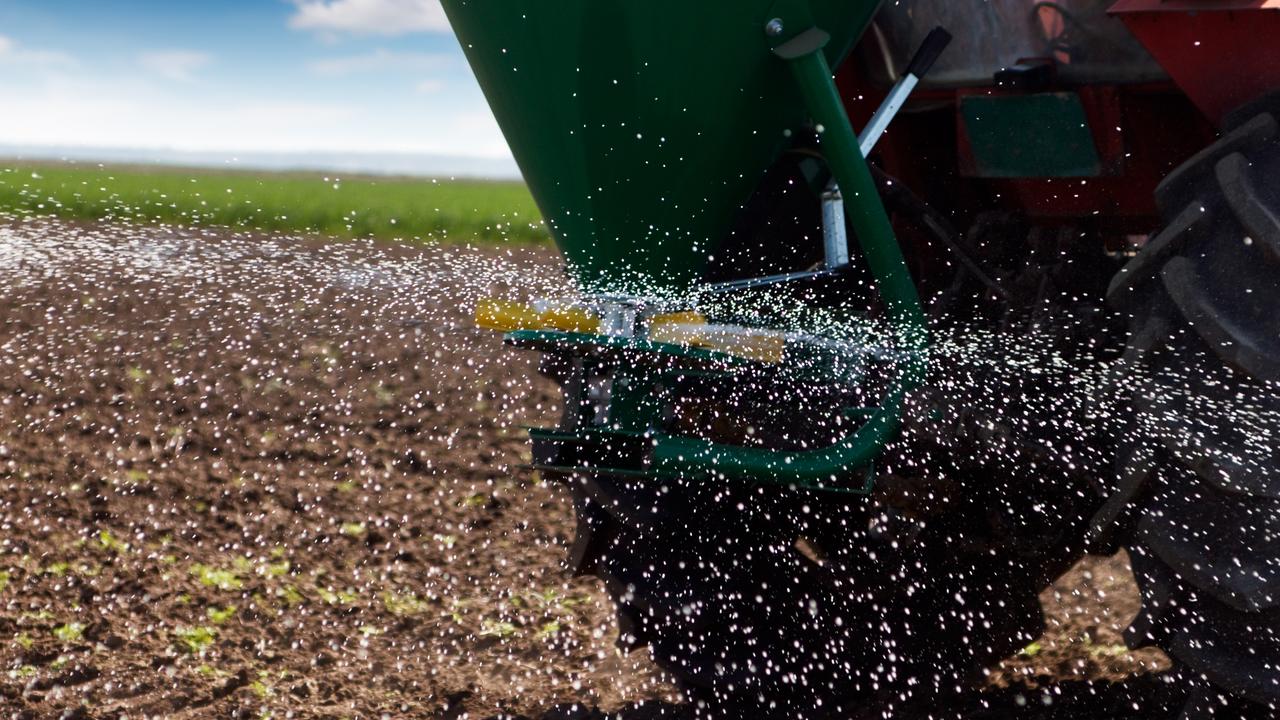
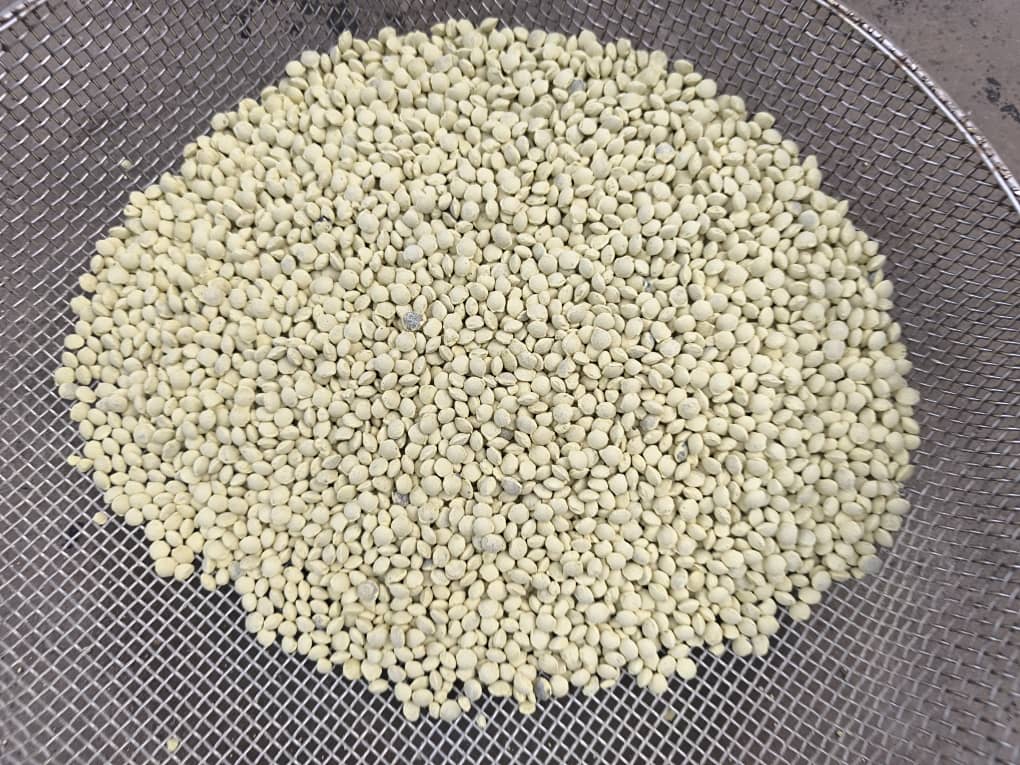
Monoammonium phosphate (MAP) and Di-ammonium Phosphate (DAP) are high analysis compound fertilizers used as a source of nitrogen (N) and phosphorus (P). Ammonium phosphates have been produced since the 1960’s and have become the leading sources of phosphorus worldwide, as they have the highest phosphorus analysis of any synthetic fertilizers.
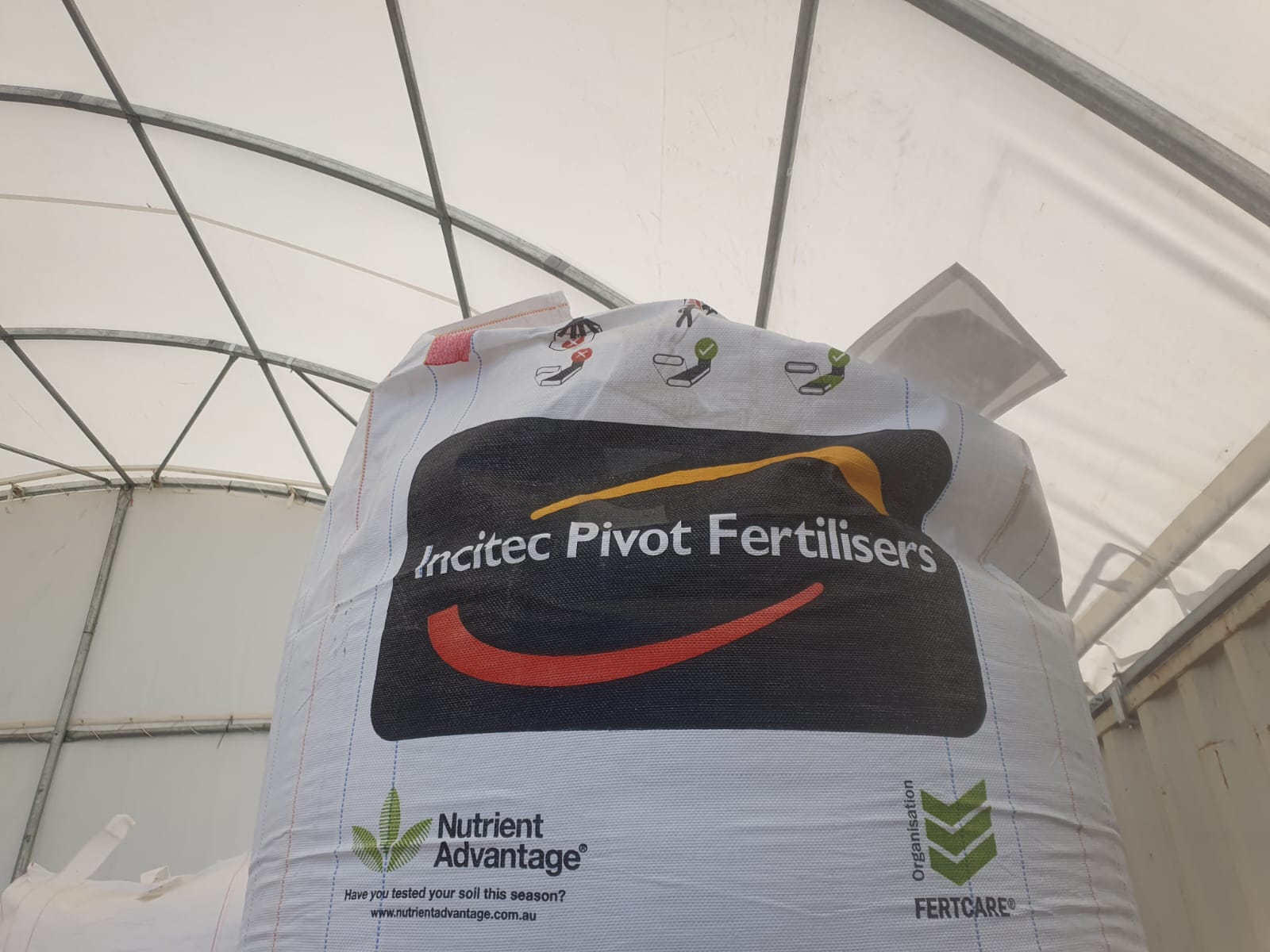
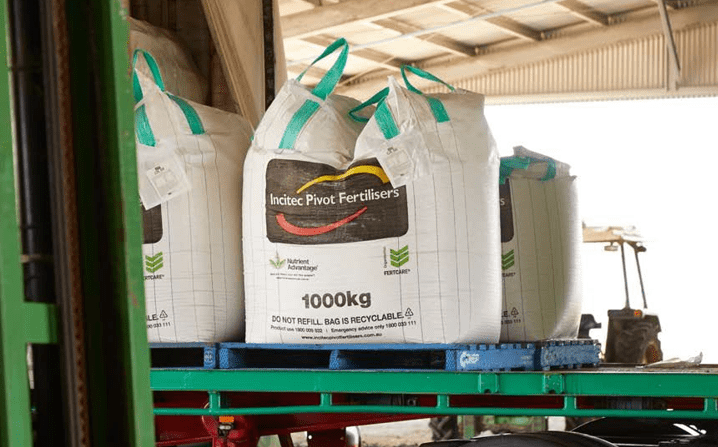
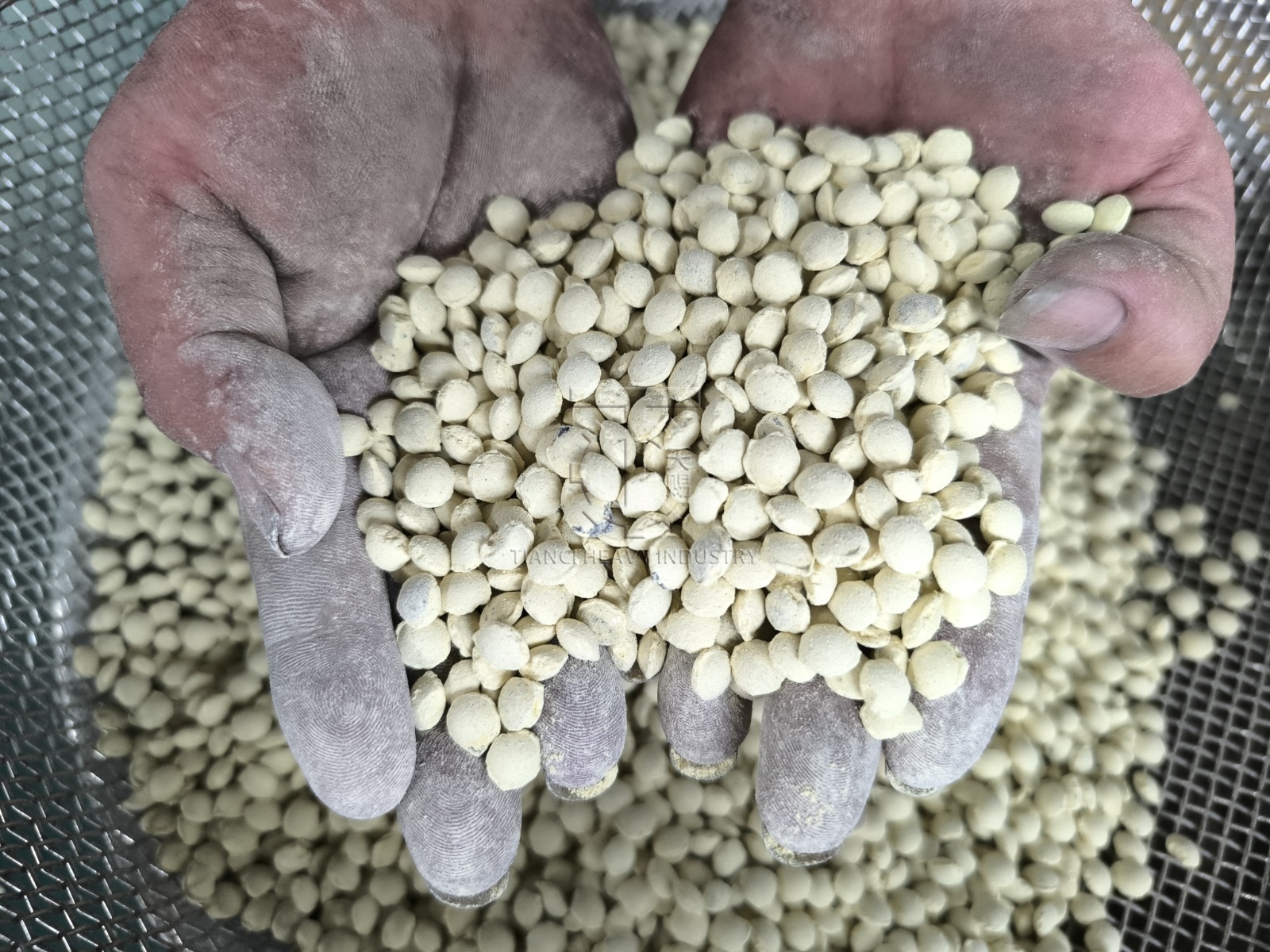
Manufacture
Ammonium phosphates (NH4H2PO4) MAP and DAP are produced through the reaction of ammonia and phosphoric acid, resulting on the formation of mono-basic and di-basic salts. The ratio of ammonia (NH3) to phosphoric acid (H3PO4) determines which product, monoammonium phosphate (MAP) or diammonium phosphate (DAP), is produced. If the ratio of nitrogen from ammonia and phosphorus from phosphoric acid is 1:1, mono-ammonium phosphate (NH4H2PO4) is produced and when the ratio is 2.0, di-ammonium phosphate (NH4)2HPO4) is produced. These reactions are summarized below:
• MAP NH3 +H3PO4 → NH4H2PO4
• DAP 2NH3 +H3PO4 → (NH4)2HPO4
The neutralization of ammonia and phosphoric acid results in the production of slurry which is then cooled and fed into a rotary granulator, tumbling to form a solidified granule. The tumbling of this dried product results in spherically round and polished fertiliser granules which are then sized to 2 - 4mm. Under and oversized granules are crushed and re-tumbled to form the correct size. The granules undergo a further drying and cooling to reduce caking in storage and produce a high crush strength to reduce degradation from product handling.
Analysis and Use Product | % Nitrogen (N) | % Phosphorus (P) |
MAP | 10 | 21.9 |
DAP | 17.7 | 20 |